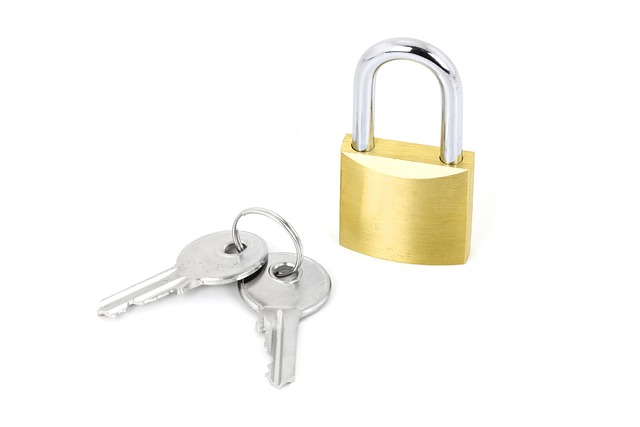Smart card access control utilizes geofencing technology to implement location-based entry restrictions. Combining GPS tracking and digital perimeter definitions, this system ensures authorized access to specific areas, enhancing security through automated verification and secure communication channels. While implementation requires detailed mapping and robust network connectivity, smart card access control offers flexible management, easy tracking, and powerful security for various industries.
Geofencing technology is transforming location-based entry restrictions, offering precise control over access to specific areas. This article delves into the intricacies of geofencing, exploring its potential through smart card access control mechanisms. We’ll guide you through implementing location-based restrictions, dissecting the benefits and challenges of geofenced systems. By the end, you’ll grasp how this innovative tech enhances security while streamlining access management.
Understanding Geofencing Technology
Geofencing technology leverages GPS and other location-based services to create virtual boundaries, known as geofences, around specific areas. When a device or vehicle enters or exits these defined zones, it triggers predefined actions. This innovative approach revolutionizes access control by enabling automated, real-time responses tailored to the location of individuals or assets.
One prominent application of this technology is in smart card access control systems. By integrating geofencing with smart cards, organizations can implement location-based entry restrictions, ensuring that only authorized personnel gain access to specific areas. This enhances security, improves operational efficiency, and provides a more flexible alternative to traditional access control methods.
Smart Card Access Control: A Secure Approach
Smart Card Access Control offers a robust and secure approach to location-based entry restrictions, leveraging advanced technology for precise identification and authorization. Unlike traditional methods that rely on physical presence or manual verification, smart cards integrate intricate encryption and unique identifiers, ensuring only authorized individuals gain access to restricted areas.
These cards serve as digital keys, storing encrypted data that can be seamlessly read by automated systems at entry points. The process involves verifying the cardholder’s identity through secure communication channels, comparing stored data against predefined access permissions. This multi-layered security protocol not only enhances protection but also streamlines access control, making it ideal for environments demanding both efficiency and stringent safety measures.
Implementing Location-Based Restrictions
Implementing location-based restrictions using geofencing technology offers a robust solution for controlling access to specific areas, enhancing security measures in various sectors. This innovative approach leverages GPS tracking and digital perimeter definitions to trigger automated actions when an individual or vehicle enters or exits a designated zone. For instance, integrating smart card access control with geofencing enables the system to verify credentials upon entering a secured area and promptly deny entry if unauthorized.
By combining location-based data with secure authentication methods like smart cards, organizations can establish granular control over their premises. This technology proves invaluable in scenarios ranging from managing visitor access at high-security facilities to optimizing traffic flow in urban areas. Its flexibility allows for customized rules and alerts, ensuring efficient management of sensitive spaces while maintaining a balance between accessibility and safety.
Benefits and Challenges of Geofenced Systems
Geofencing technology, integrated with smart card access control systems, offers a robust solution for location-based entry restrictions. The primary benefits lie in its ability to automate and secure entry points based on precise geographical boundaries. This ensures that only authorized personnel can gain access to specific areas, enhancing overall security. Additionally, it provides flexibility in managing access rights through digital smart cards, allowing for easy updates and tracking of entries.
However, challenges exist. Implementation requires detailed mapping and constant GPS accuracy to ensure effective geofencing. Privacy concerns also arise from the continuous tracking data collected by these systems. Moreover, the technology’s reliance on robust network connectivity poses a potential hurdle in remote or poorly connected areas. Despite these issues, the benefits of geofenced systems continue to drive their adoption, especially in industries demanding advanced access control measures like smart card access control.
Geofencing technology offers a sophisticated solution for implementing location-based entry restrictions, enhancing security through smart card access control. By leveraging GPS capabilities, this innovative approach allows for precise control over access rights based on geographic boundaries. While there are benefits such as improved security and reduced administrative burdens, challenges like data privacy concerns and initial implementation costs must be addressed. As organizations seek more dynamic access control strategies, understanding the intricacies of geofencing and its integration with smart card technology becomes essential for maintaining a secure environment.
